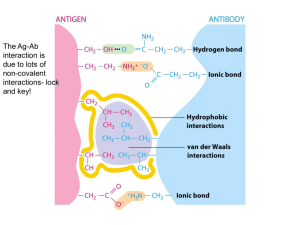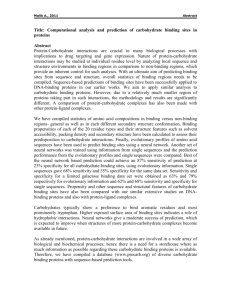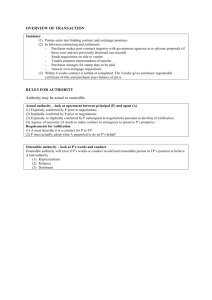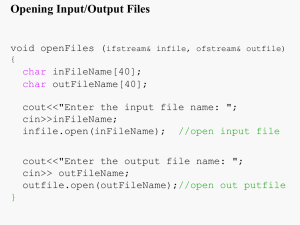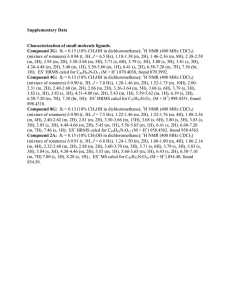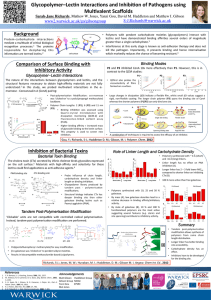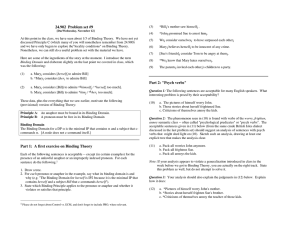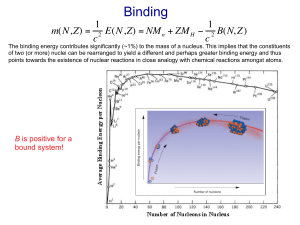Anne, - Digital Library Center
advertisement
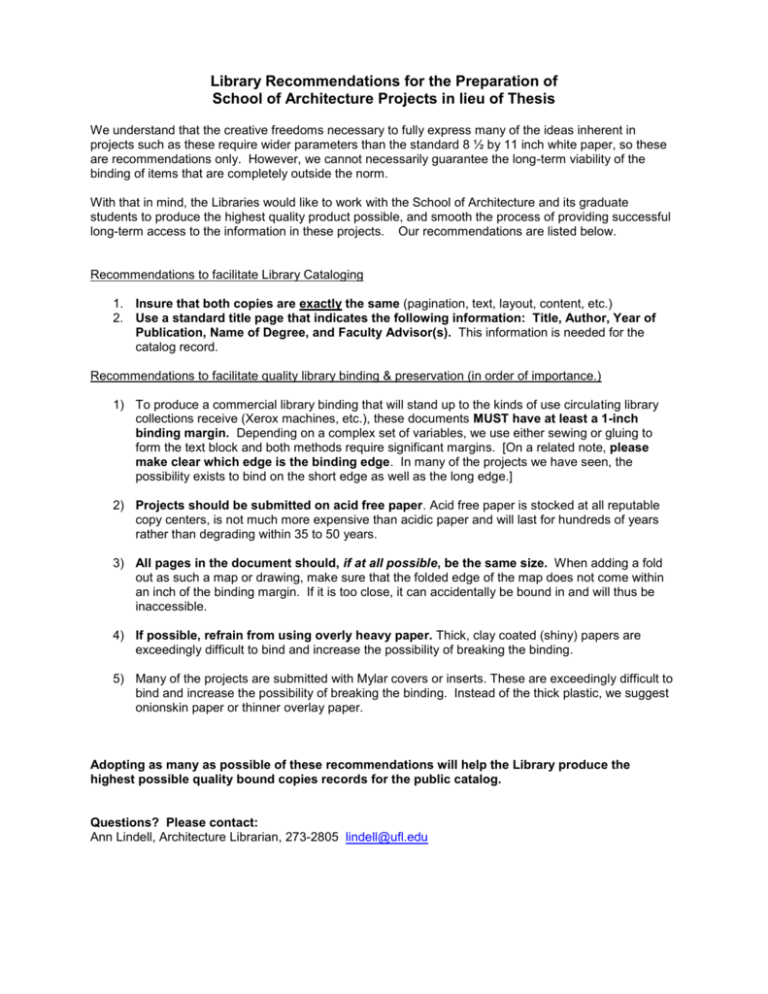
Library Recommendations for the Preparation of School of Architecture Projects in lieu of Thesis We understand that the creative freedoms necessary to fully express many of the ideas inherent in projects such as these require wider parameters than the standard 8 ½ by 11 inch white paper, so these are recommendations only. However, we cannot necessarily guarantee the long-term viability of the binding of items that are completely outside the norm. With that in mind, the Libraries would like to work with the School of Architecture and its graduate students to produce the highest quality product possible, and smooth the process of providing successful long-term access to the information in these projects. Our recommendations are listed below. Recommendations to facilitate Library Cataloging 1. Insure that both copies are exactly the same (pagination, text, layout, content, etc.) 2. Use a standard title page that indicates the following information: Title, Author, Year of Publication, Name of Degree, and Faculty Advisor(s). This information is needed for the catalog record. Recommendations to facilitate quality library binding & preservation (in order of importance.) 1) To produce a commercial library binding that will stand up to the kinds of use circulating library collections receive (Xerox machines, etc.), these documents MUST have at least a 1-inch binding margin. Depending on a complex set of variables, we use either sewing or gluing to form the text block and both methods require significant margins. [On a related note, please make clear which edge is the binding edge. In many of the projects we have seen, the possibility exists to bind on the short edge as well as the long edge.] 2) Projects should be submitted on acid free paper. Acid free paper is stocked at all reputable copy centers, is not much more expensive than acidic paper and will last for hundreds of years rather than degrading within 35 to 50 years. 3) All pages in the document should, if at all possible, be the same size. When adding a fold out as such a map or drawing, make sure that the folded edge of the map does not come within an inch of the binding margin. If it is too close, it can accidentally be bound in and will thus be inaccessible. 4) If possible, refrain from using overly heavy paper. Thick, clay coated (shiny) papers are exceedingly difficult to bind and increase the possibility of breaking the binding. 5) Many of the projects are submitted with Mylar covers or inserts. These are exceedingly difficult to bind and increase the possibility of breaking the binding. Instead of the thick plastic, we suggest onionskin paper or thinner overlay paper. Adopting as many as possible of these recommendations will help the Library produce the highest possible quality bound copies records for the public catalog. Questions? Please contact: Ann Lindell, Architecture Librarian, 273-2805 lindell@ufl.edu






![[125I] -Bungarotoxin binding](http://s3.studylib.net/store/data/007379302_1-aca3a2e71ea9aad55df47cb10fad313f-300x300.png)

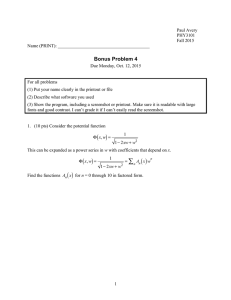
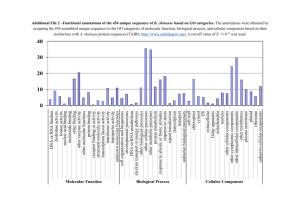
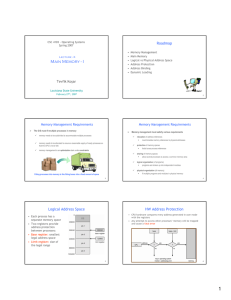
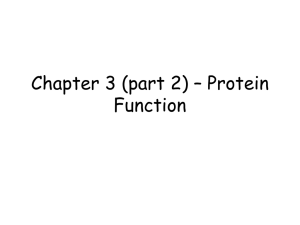
![Deep intergration in EU FTAs - why so difficult? by Peter Holmes with colleagues [PPT 56.00KB]](http://s2.studylib.net/store/data/014979455_1-ec1f7d446a69ae4232e1df531e3e77e7-300x300.png)
